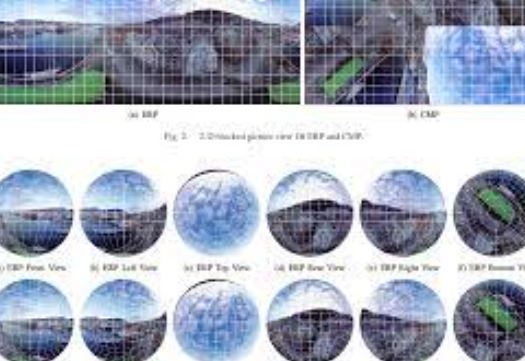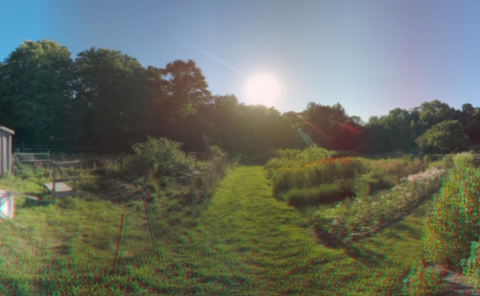Video Coding Optimization for Virtual Reality 360-Degree Source
PubDate: December 2019
Teams: University of Electronic Science and Technology of China;Tsinghua University;University of Central Arkansas
Writers: Yimin Zhou; Ling Tian; Ce Zhu; Xin Jin; Yu Sun
PDF: Video Coding Optimization for Virtual Reality 360-Degree Source

Abstract
To provide excellent visual experience for customers, virtual reality (VR) sources require higher resolutions and better visual quality than traditional picture sequences. The content of a VR video can be mapped into a sphere by playing devices to present a 360° scene, which is usually called VR360 in industrial community. The most popular formats for VR360 sources are the equirectangular projection (ERP) and the cubemap projection (CMP). Both ERP and CMP pictures can be effectively projected to a virtual three-dimensional spherical surface for rendering. It brings a new challenge to the compression of VR video sources, which is how to reallocate proper bit-rate to match mainstream projection formats. The most intuitive way to deal with this challenge is to empirically assign a fixed quantization parameter (QP) to each coding unit according to its position, which evidently lacks precision, rationality, and thus, degrades coding performance. This research proposes a new entropy equilibrium optimization (EEO) methodology to enhance the coding performance of VR360 videos. Specifically, we develop a spherical bit-rate equalization strategy to obtain a block-level Lagrangian multiplier (lambda, λ) for the rate-distortion optimization process in video coding. The appropriate QP value for each block is then dynamically determined in accordance with its λ. Based on our EEO methodology, we develop two algorithms, EEOA-ERP and EEOA-CMP, to enhance compression efficiency for the ERP and CMP pictures, respectively. Experimental results demonstrate that both algorithms achieve significant BD-Rate savings and outperform the HM16.17 platform for all-intra (AI), low-delay (LD) and random-access (RA) configurations, respectively. Concretely, compared with the state-of-the-art algorithm WSU-ERP, the proposed EEOA-ERP achieves BD-Rate saving of 0.37% in LD configuration. Furthermore, the proposed EEOA-CMP gains 2.6% on objective quality in RA configuration when compared with the HM16.17 VR CMP under the common test condition.


